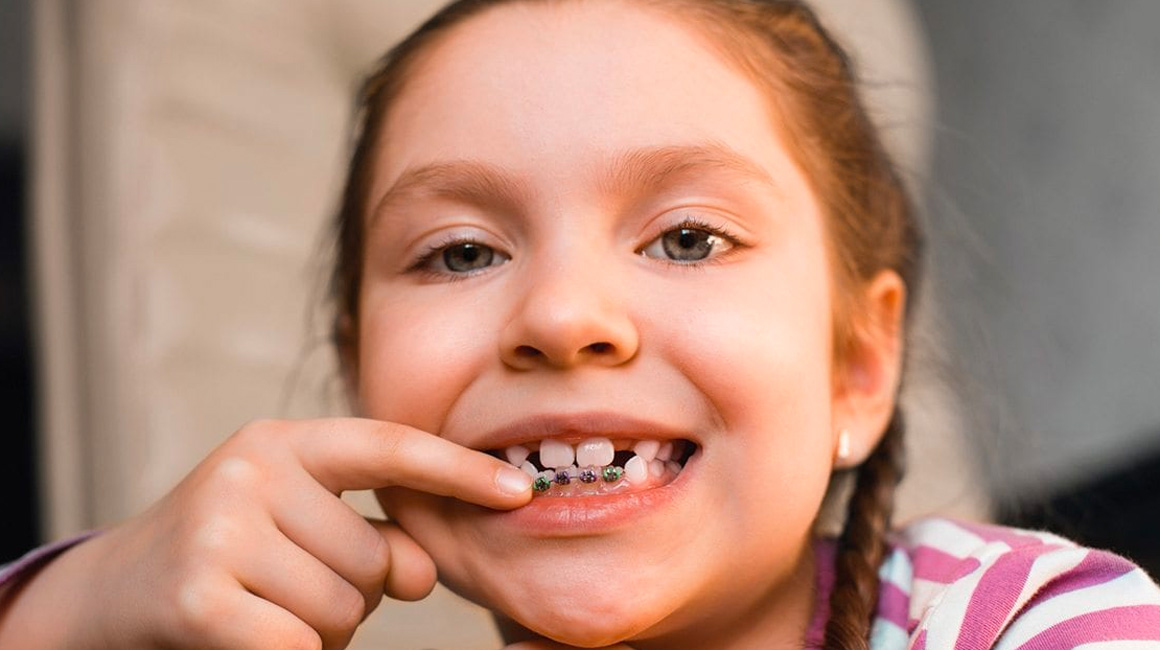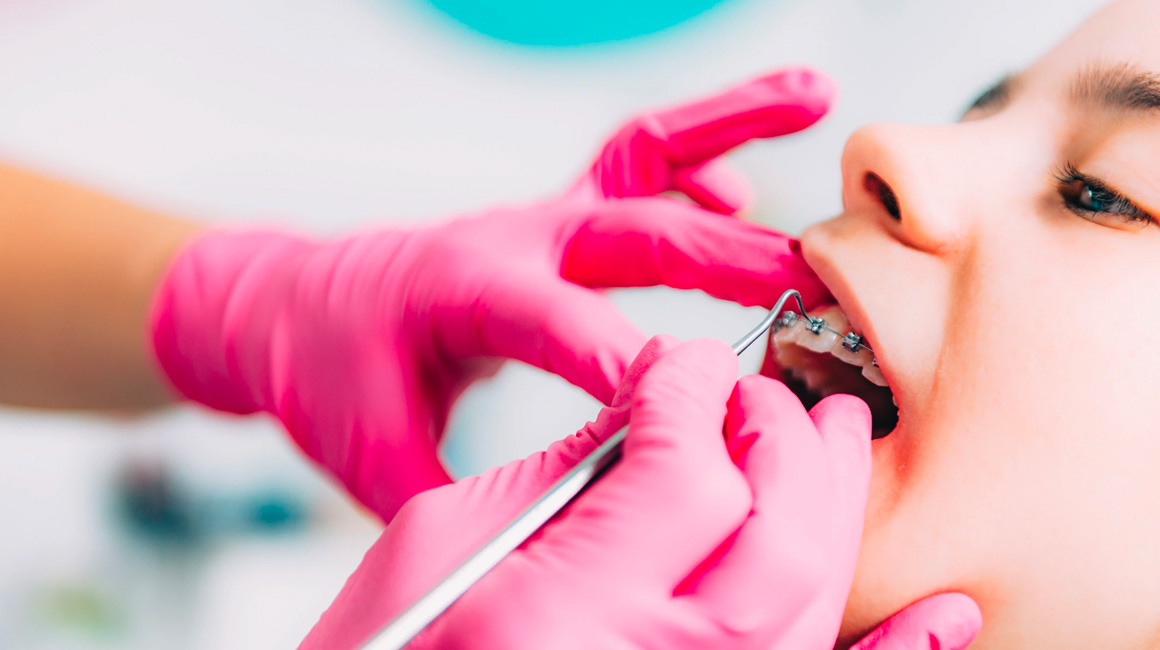Early Orthodontic Treatment Issaquah WA
Dr. Nadine Egger recommends that children see an orthodontist around age seven when their permanent teeth begin to emerge. At that age, they will have both baby and adult teeth, and Dr. Egger will be able to spot issues like crossbite, open bite, crowding, and other alignment problems.
Early Treatment Is Better
An untrained eye can’t always spot dental problems, and that is why every child should have an orthodontic evaluation. A significant percentage of children have discrepancies with the teeth and jaws that can be easily corrected and problems avoided with early diagnosis. This can allow more normalized future growth and development. Not every child will need early orthodontic treatment in Issaquah, and in some cases, we may recommend a wait-and-see approach or holding off until a patient is older before beginning treatment.
When you bring your child for their first orthodontic evaluation, Dr. Egger is looking for missing baby and permanent teeth, teeth coming in the wrong direction, extra teeth, impacted teeth, crowding, jaw discrepancies, tongue thrust, thumb sucking/finger habit, mouth breathing, sleep apnea, grinding, protruding front teeth, damage to teeth and self-esteem enhancement.

If your child has orthodontic needs, Dr. Egger can intervene while their jaw is still growing and can be more easily corrected. Early Intervention guides growth and development and can eliminate the need for extraction of permanent teeth, surgery, implants, treatment for TMJ, airway disorders, and obstructive sleep apnea, and can significantly decrease the time or need for treatment later.
Issaquah Orthodontic treatment isn’t limited to traditional metal braces, anymore, though we do offer an updated version of these that are sleeker and more subtle than ever before. Along with metal braces, our practice offers ceramic braces, and clear aligners from the Invisalign system.
Early Treatment May Use A Variety Of Appliances
Adding additional appliances along with the braces allows us to correct jaw growth discrepancies by altering jaw relationships using expanders, mandibular advancement, and protraction to the upper jaw.
Expanders: Correct crowding, crossbite, narrow upper jaws, and impacted teeth. They are used to widen the upper jaw. This process happens slowly but is complete in less than 4 to 6 months.
Mandibular Advancement: This feature moves the lower jaw forward to grow into the right position.
Protraction: A force to the upper jaw is worn at night to move the upper jaw forward if an underbite is present.
Correcting Bad Habits
Thumb Sucking
Thumb sucking reflex is natural in early childhood and usually disappears between ages two and four. But if it persists much later, the pressure of the digit on the front teeth and the upper jaw can actually cause the teeth to become misaligned and the jaw to change shape. This can lead to an orthodontic problem called open bite and may also impair speech.
Other Problems
Dr. Egger can also diagnose other issues like tongue thrusting and mouth breathing that can adversely affect your child’s teeth. Various orthodontic treatments are available to help correct these habits and the sooner they’re taken care of, the less damage they may cause. These potential problems aren’t always easy to recognize. That’s one more reason why you should bring your child in for an early orthodontic screening.
We have a state-of-the-art in-house lab where we fabricate your custom orthodontic devices, like retainers, expanders, and lingual arches. You will receive your high-quality device without having to wait up to two weeks, plus we offer your first retainer for FREE and provide FREE retainer checks for life!
Issaquah Early treatment gives your child the best chance for a healthy, beautiful smile in the future. Get in touch with us today to schedule your child’s orthodontic evaluation!
Frequently Asked Questions
What is interceptive (Phase I) orthodontics?
It is the first of a two-phased orthodontic program aimed at intercepting orthodontic issues before they become larger. In other words, Phase 1 Interceptive Orthodontics mitigates the possibility of a traumatic treatment in adolescence by taking advantage of teeth and jaw malleability at an early age for better jaw fitment and to reshape or grow the jaws to make room for adult teeth. In retrospect, children might exhibit symptoms of back-to-front and side-to-side jaw discrepancies and teeth crowding. Moreover, these manifestations might aggravate as the jaws grow and the kid enters adolescence. So, as the patient grows, it does make treatment more complex if left untreated. Here is where interception treatment becomes of great help to ensure a beautiful smile with less hassle.
What Is The Importance Of Early Orthodontics?
Early Orthodontics guarantees your child enduring a less traumatic orthodontic procedure in the future. in other words is an advantageous approach to the malleability of your kid’s developing craniofacial and teeth structures to mold the jaws to provide space for adult teeth and to minimize jaw discrepancies. Interception means anticipation. Foreseeing problems, an orthodontist can lessen the development of anomalies that would require a more invasive and traumatic approach in the future if no interception had previously occurred.
What Are The Benefits Of Early Orthodontic Treatment?
Interceptive orthodontic treatment mitigates the chance of enduring a more complex and uncomfortable corrective therapy in adolescence or adulthood. Phase one orthodontics help on solving one or several objectives: Expand the jaw arch to make room for adult teeth, harmonize the facial symmetry by modeling the maxilla and mandible relation, reduce the need for teeth extractions before orthodontic treatment with braces, and make braces treatment quicker
How Does Early Phase Orthodontics Work?
Phase 1 starts with an evaluation when the first molars erupt at age seven. The orthodontist assesses the correlation between the maxilla and mandible and estimates the space needed for the remaining adult teeth yet to erupt. Dr. Nadine Egger is an expert in detecting potential anomalies like crossbite, open bite, crowding, and other alignment problems. After spotting a problem, Dr. Egger uses specific case techniques and appliances to intervene in your kids developing jaws by guiding their growth to eliminate discrepancies. These apparatuses include expanders, mandibular advancement, and protraction to the upper jaw.



